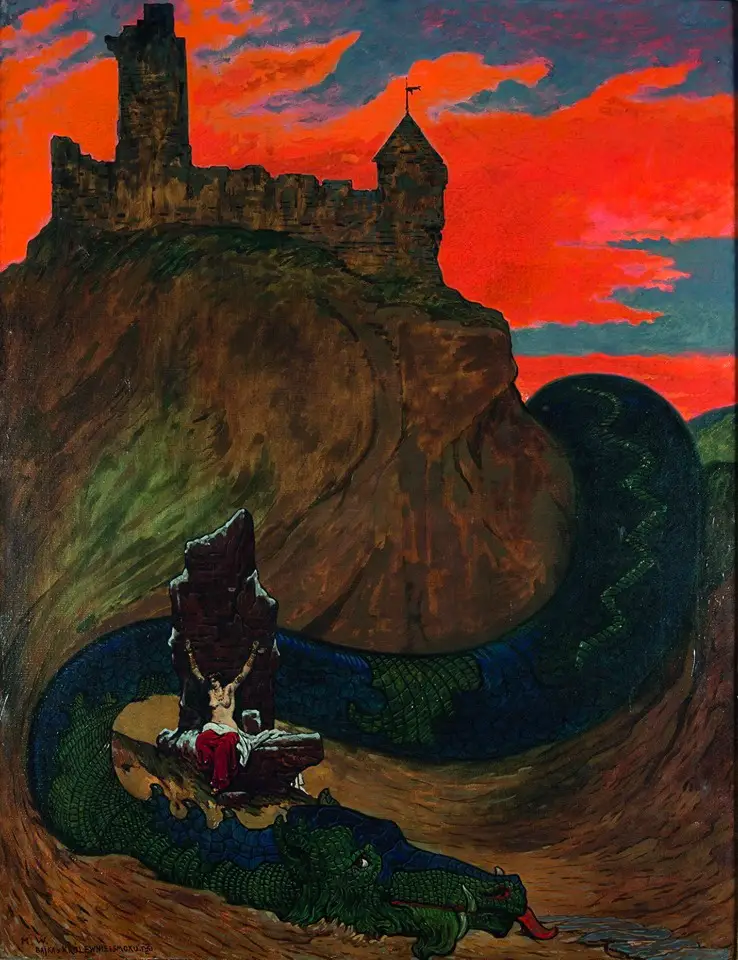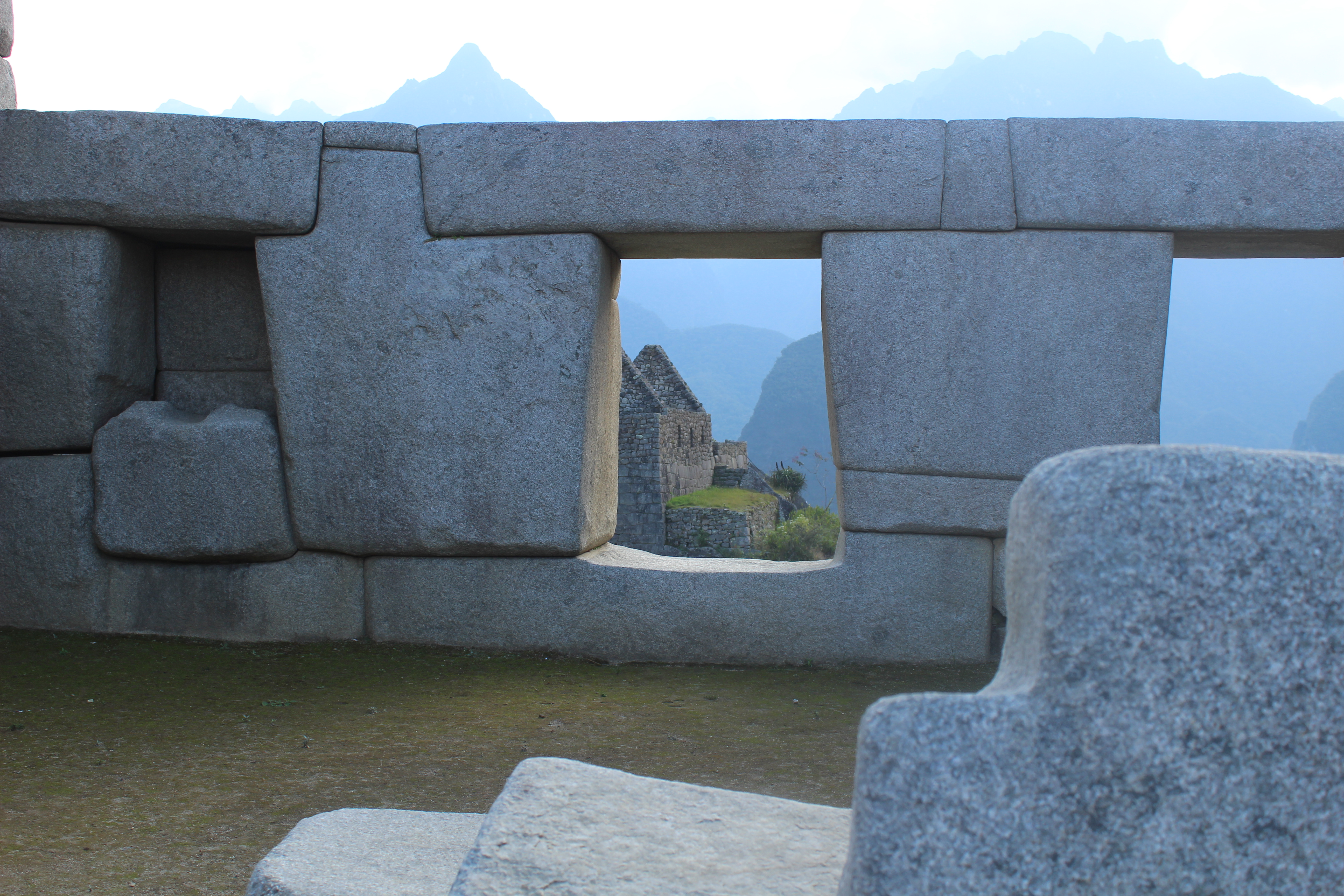Tag: pachacuti
The mystery of the Incas: the "dark constellations" and the celestial "floods"
This article is based on the summary of William Sullivan's book "The Mystery of the Incas" edited by Piervittorio Formichetti and expanded by Marco Maculotti.
waka, totem animals, constellations
The ancient Andean peoples called huaca (o waka) "the presence of the sacred and the magical-telluric in each of its multiple forms or manifestations (stones, mountains, rivers, stars, celestial and terrestrial phenomena, crossroads, funeral cults, etc.)"That they encountered everywhere in a sacred world / mental space [González, The pre-Columbian symbols, p. 75]. In other words, they revered the innumerable states of a Universal Being manifesting through the environment as a hierophany. The Italian anthropologist Mario Polia writes [The blood of the condor, p. 86], reporting an indigenous tradition of the Samanga valley: "Le huacas, be they rocks, stones or mountains, they are hungry and if men do not nourish them, they devour their soul, their "shadow", sucking life from their bodies. If they are satisfied, however, they protect the fields, ward off evils and call the rains».
Antediluvian, giant, "gentle" humanity
We continue here the discourse on the Andean tradition, previously addressed in the four articles that we have already published on AXIS mundi [cfr. "Andini notebooks", In Ancient America]. In closing, we will also have the opportunity to make some comparisons with other traditions, including Mexican, Hellenic, Celtic and Norse).
di Marco Maculotti
cover: Machu Picchu, photo by the Author
Closely connected to the doctrine of cycles and of pachacuti [cf. Pachacuti: cycles of creation and destruction of the world in the Andean tradition] is the belief in the existence of ancient proto-human races that populated our planet before the advent of the "Fifth Sun" - races which, as we have seen [cf. Viracocha and the myths of the origins: creation of the world, anthropogenesis, foundation myths], are cyclically eliminated, at the end of each "Great Year", by a catastrophic event, to leave room for the humanity of the next cycle (similar to the Hesiodic myth).
Secret history of the conquest of Peru: the prophetic dream of the Inca Viracocha and the coming of the Spaniards
di Marco Maculotti
In an earlier essay from this cycle [cf. Viracocha and the myths of the origins: creation of the world, anthropogenesis, foundation myths] we were able to distinguish, in the Andean tradition, three types of characters called "Viracocha": the creator god of the origins, which we called "Divine Viracocha"; the civilizing hero of the beginning of the era of the "Fifth Sun", creator of Tiahuanaco, whom we have defined "legendary Viracocha"; and finally a historical figure, the eighth Inca ruler, the Inca Viracocha. If we have said enough of the first two, we now have to investigate the role of the third, referring to the most suitable chronicle in the study of the Inca royal dynasty of the "Sons of the Sun". We are obviously talking about the Royal Commentaries of Garcilaso Inca de la Vega, the only ancient source that has the supreme merit of listing, one after the other and with related enterprises, the twelve Inca who ruled the empire of Tahuantinsuyu.




